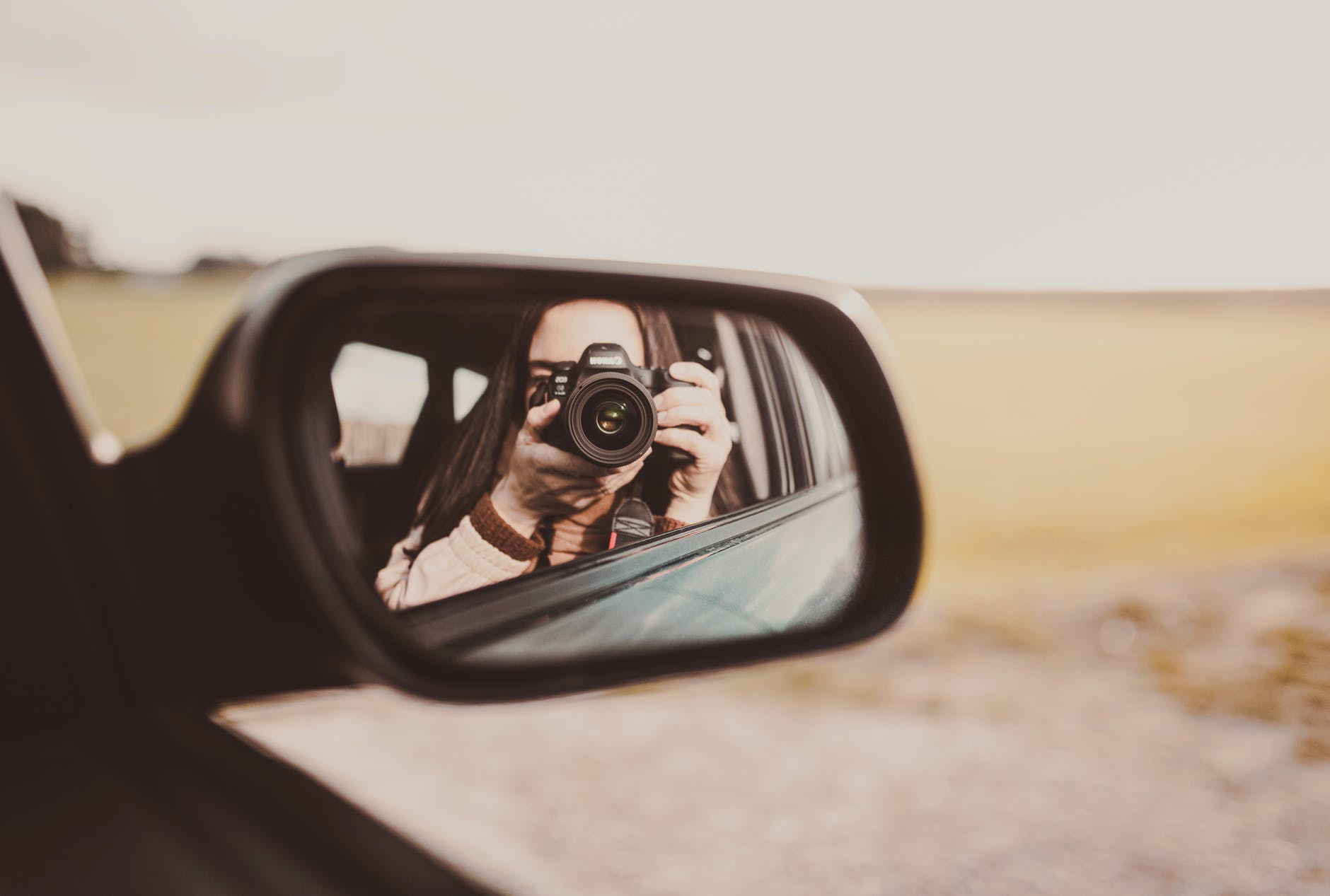I don’t want to say I am a lazy photographer, but it’s nice not to make too much effort. And stock photography can be one of those time and energy-consuming tasks I’d prefer not to do. So enter the minimal effort stock photography workflow.
What is stock photography again?

Let’s start with what stock photography is. It’s photography that’s in stock. Urgh, that did not make anything any more straightforward.
So imagine this: You have a big warehouse. Instead of goods on the shelves, it’s photos. And as a customer of the warehouse, you can take any image you like, pay for it at the register and use it.
There are, ofcourse, limitations to the use of that photo. The limits depend on the price they pay.
That’s what stock photography is.
For the users, it’s a cheap option to get good photography. It’s not custom photography, but it is decent work.
Kind of like IKEA. It’s not custom made furniture for your apartment. But it is excellent for people on a smaller budget.
Why do stock photography as a photographer?

Now that you know what stock photography is, why would you participate as a photographer? I do custom photography for my clients; why would I give them another option. A cheaper option even.
First of all, it’s not an alternative. Both custom photography and stock photography are for a different audience. Stock photography is cheaper, but it’s pretty basic. While custom photoshoots are more expensive, they are precisely what you need as a brand or company.
Back to being the photographer. Why is stock photography a good idea?
Well, you already have a load of photos on your hard drives or cloud. Photos that you forgot the existence about.
Why not make sure those photos are available for other people too. Of course, in return for some money.
Uploading them to a stock photo website allows people to buy your photos without you having to do anything but upload and tag the images.
Big websites like iStock already get loads of traffic. So you don’t even have to make any sales.
How to get started with stock photos
There are loads of stock photo websites that allow you to upload. You can pick one. Or choose a couple of ones. The more you upload to, the more possible sales you get.
Some big stock photo websites you can quickly sign up to:
All those websites offer a way for a photographer to upload their photos.
When uploading a photo, there are a couple of things you have to fill out.
Every photo needs a title and a description. It’s a good idea to put some work in this, as those can improve your results.
Next, you will have to think of tags. There are obvious ones, like what’s in the photo. Let’s go with the example of lions in Botswana. You can use ‘lion’ and ‘Botswana’ as keywords. You can expand a bit by saying ‘southern Africa’ and ‘predator.’ But sometimes it’s good to go even more abstract. For example, ‘power,’ as we see lions as powerful creatures.
If there is any person or property in the photo, you will need photo releases for those. Make sure to have signed documents so you can sell the rights to those images.
This can all be relatively hard and time-consuming to do. That’s where my lazy workflow for photographers comes in.
My lazy stock photography workflow
Say, you don’t want to write titles, descriptions, and keywords for every photo on every website. You want to do it once… or even not at all. Let someone else do the hard work for you. Right?
I use Wirestock. I upload a photo once to their platform. I choose to do the work of writing descriptions and keywords myself or let them go ahead.
When that work is done, they upload those photos to 7 stock websites, including big ones like Alamy, Shutterstock, and Adobe.
Once a month, I go through my photos of the past month and upload the eligible images.
Don’t upload photos you did for clients. I take a lot of pictures for myself, though. Images I use on this blog, for example. Photographs I made for Instagram. Photos I make while traveling.
All those photos can be used by others too. So I upload them, do a bit of work, and then wait for the dollars to roll in.
Now, a disclaimer. Stock photography does not make you rich. It also requires a lot of photos to make you money. But it’s an excellent way to get a bit of passive income from those photos that sit on your hard drives anyway.
What are you waiting for? Get uploading to Wirestock right now!

5 thoughts on “Stock photography workflow for lazy photographers”